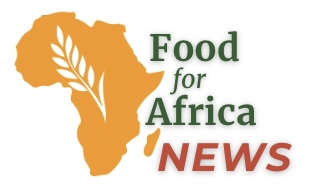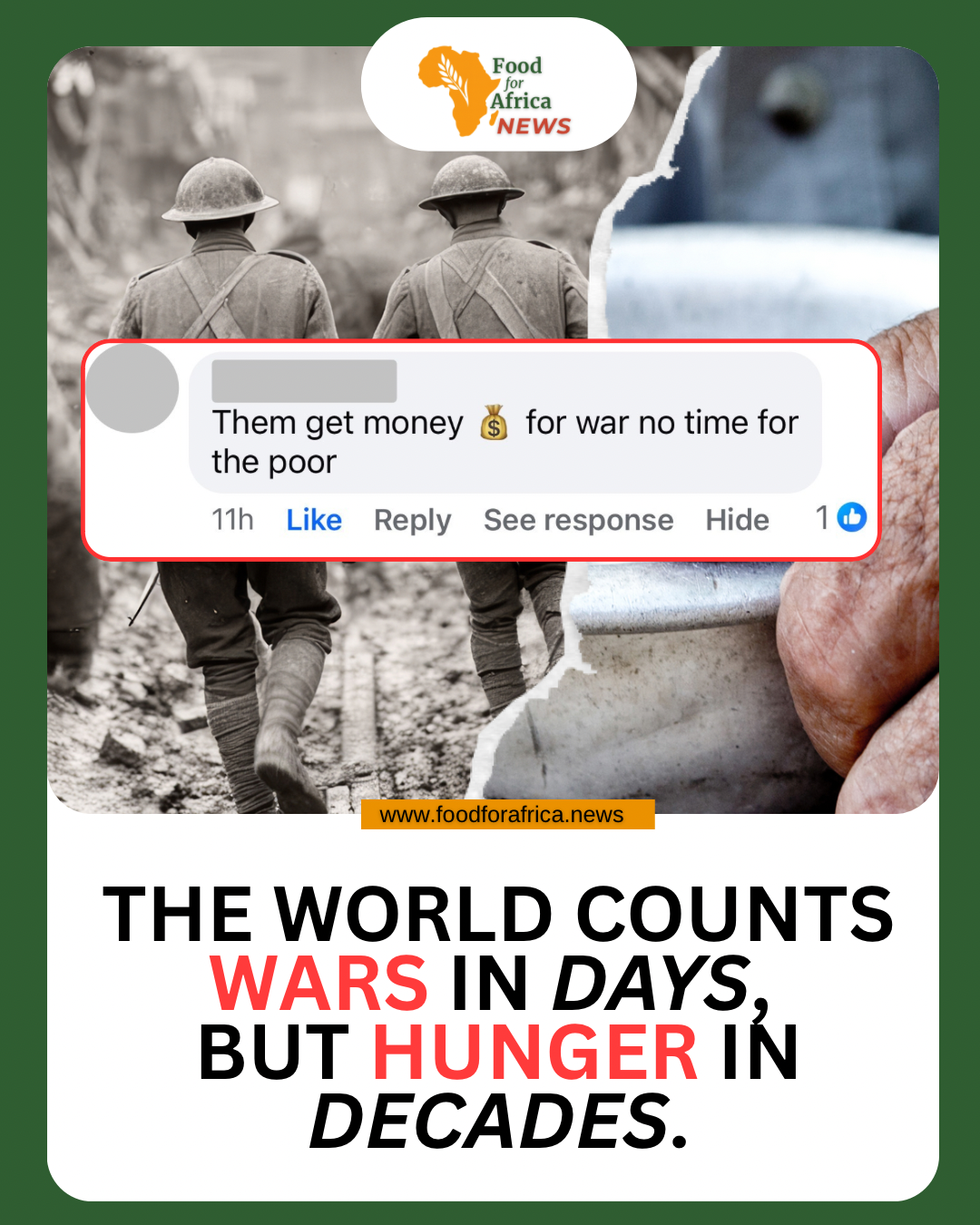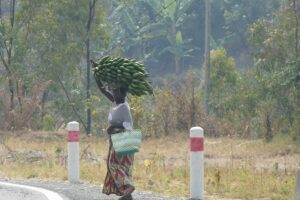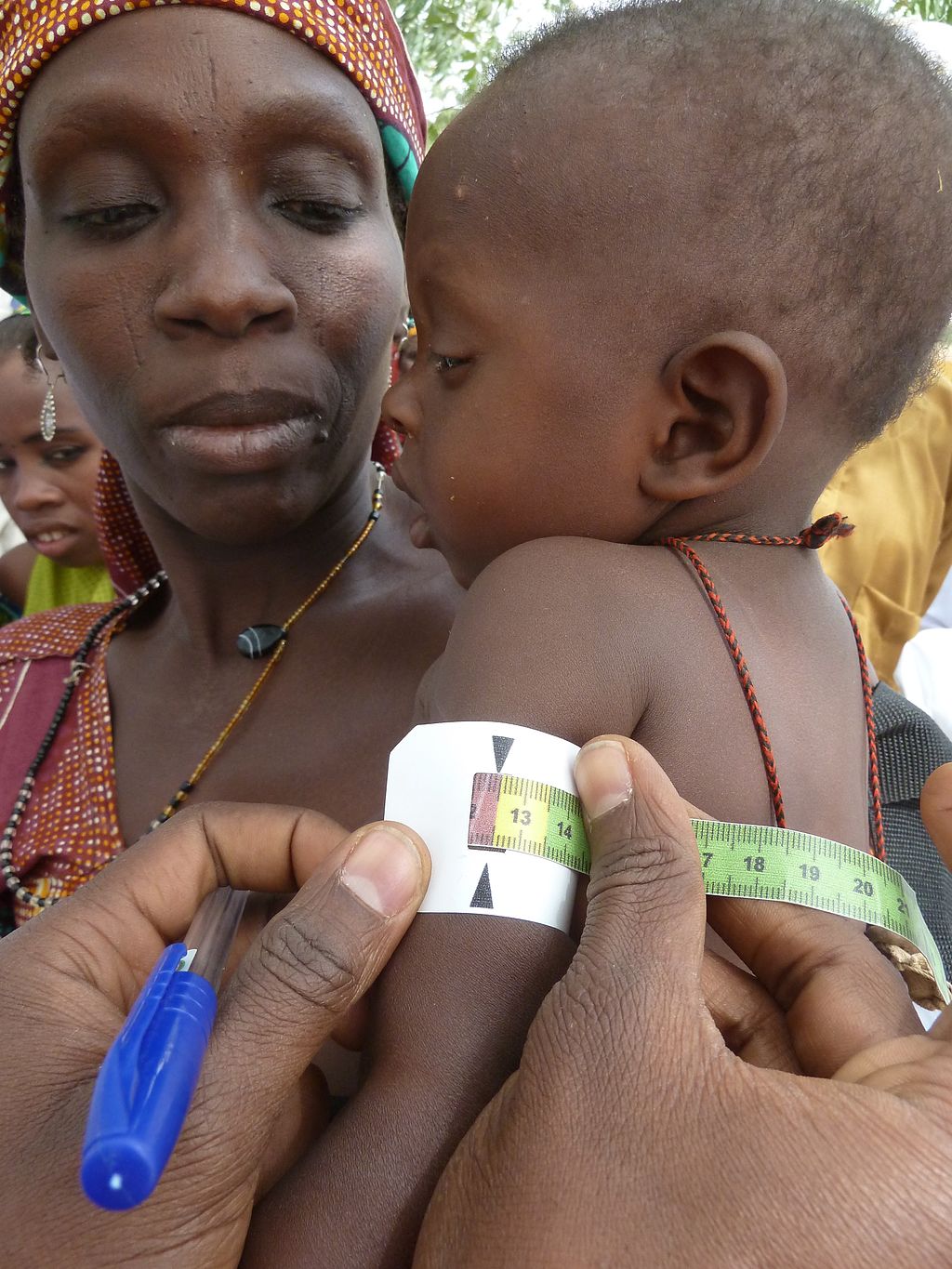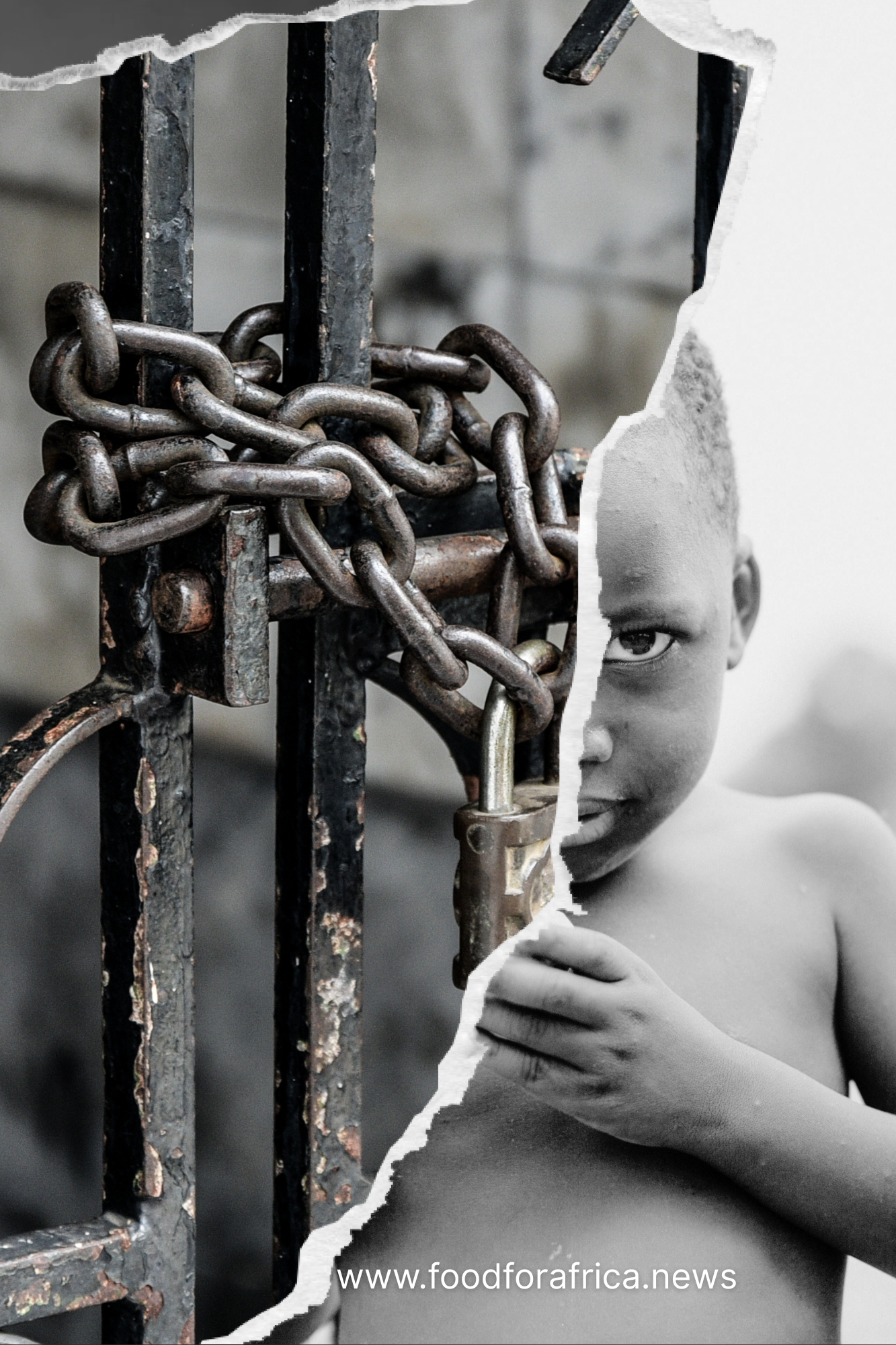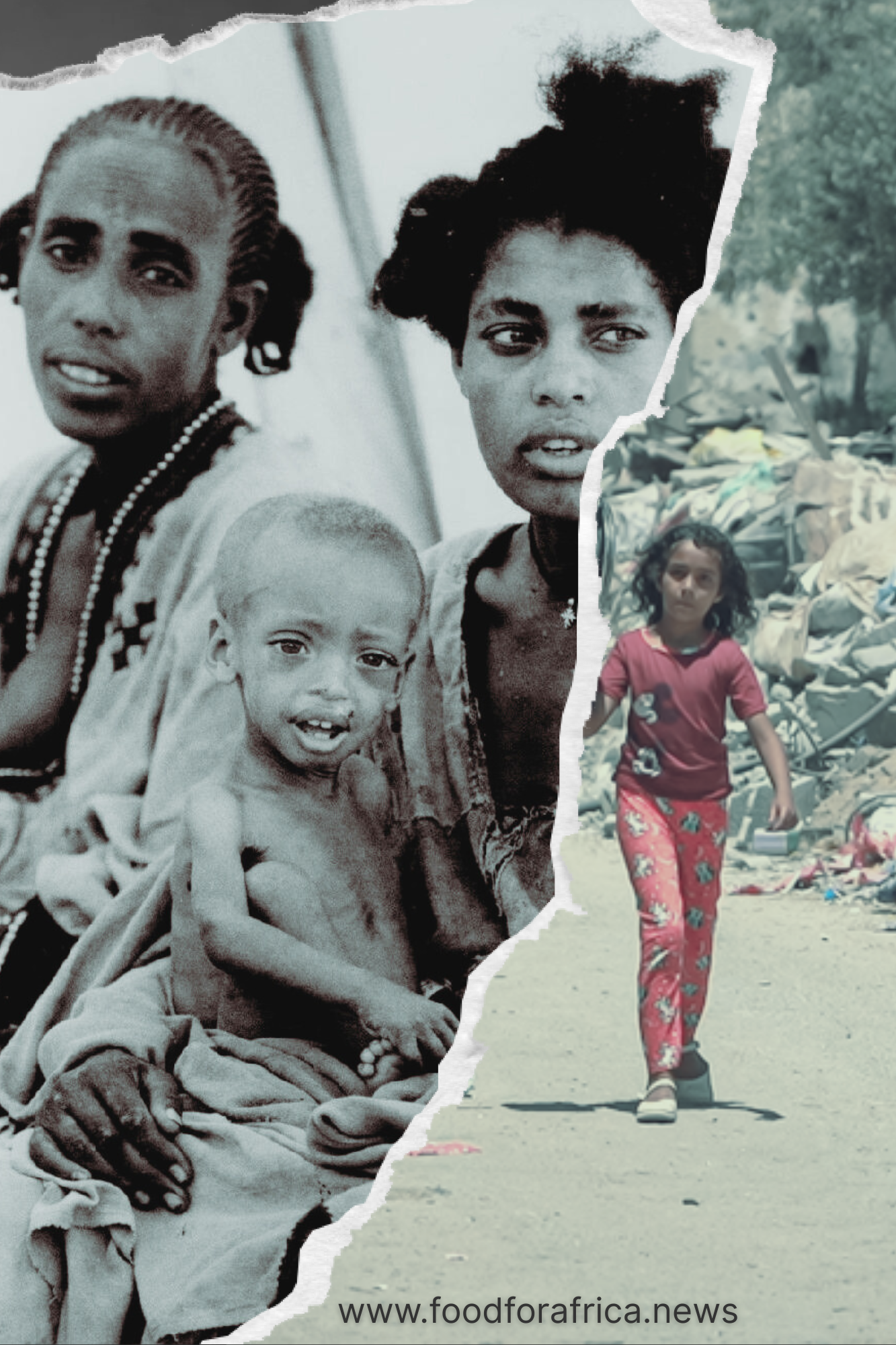Editorial
At the Kofar Suari feeding centre in Katsina State, a mother held her toddler, Shamsiya. Her belly was swollen, her body frail, her eyes dull. “She had no energy at all,” the mother told doctors. For Médecins Sans Frontières (MSF) staff, cases like hers have become heartbreakingly routine. In the first six months of 2025 alone, 652 children died of malnutrition in Katsina — more than double the deaths compared to the same period last year (Reuters: https://www.reuters.com/business/healthcare-pharmaceuticals/least-652-children-died-malnutrition-nigeria-last-six-months-msf-says-2025-07-25/).
MSF treated nearly 70,000 malnourished children in northern Nigeria during that same period, including 10,000 in critical condition (MSF: https://www.msf.org/mobilisation-needed-avoid-further-deaths-malnutrition-northern-nigeria). For many, the feeding centre is the last chance. Children arrive too weak to cry. Some never make it through the night.
Fields Full, Stomachs Empty
Nigeria is the world’s largest producer of cassava, yams, and sorghum. Yet abundance in the field does not mean food security at the table. The Food and Agriculture Organization (FAO) estimates that the country loses up to 50% of its agricultural produce after harvest (Premium Times: https://www.premiumtimesng.com/agric-news/739762-nigeria-loses-50-of-agricultural-produce-post-harvest-fao.html).
The Cold Chain Gap
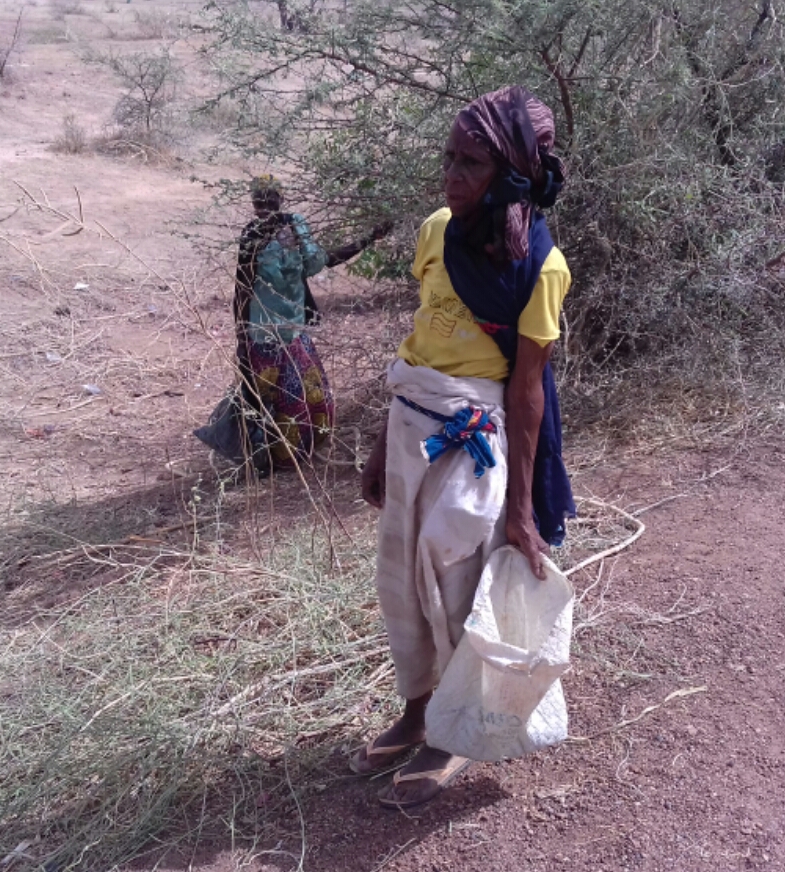
The financial toll is staggering: over ₦3.5 trillion (about US$3.8 billion) worth of crops spoil every year, from fruits and vegetables to grains and tubers (BusinessDay: https://businessday.ng/agriculture/article/how-solar-powered-cold-storage-can-reduce-nigerias-n3-5trn-post-harvest-loss/).
So we have to ask: how can a country grow so much food and yet watch children die of hunger? What does it say about the systems that connect farms to families?
The infrastructure gap is glaring. Nigeria’s cold chain — the system of refrigerated storage and transport — meets just 5% of national demand, leaving crops to spoil before they reach market (Guardian Nigeria: https://guardian.ng/features/agro-care/pushing-accelerated-cold-chain-as-an-antidote-to-post-harvest-losses/).
Some local solutions are showing promise. Solar-powered cold storage units piloted in rural markets are keeping produce fresh even when the grid fails (BusinessDay: https://businessday.ng/agriculture/article/how-solar-powered-cold-storage-can-reduce-nigerias-n3-5trn-post-harvest-loss/).
Meanwhile, the African Development Bank (AfDB) has pledged US$2.2 billion to establish agro-processing zones across 28 states, bringing processing closer to farms and cutting waste in transit (Reuters: https://www.reuters.com/world/africa/african-development-bank-seeks-22-billion-support-nigerias-agriculture-2025-04-08/). The rollout has started in five states with more than US$500 million already pledged.
The question is whether these large-scale investments will come soon enough or whether Nigeria will keep losing half its harvest while waiting for change.
Why It Matters
Despite fertile fields, 33 million Nigerians are projected to face acute food insecurity in 2025, nearly double the peak of last year (World Food Programme: https://www.wfp.org/news/economic-hardship-climate-crisis-and-violence-northeast-projected-push-331-million-nigerians).
Shamsiya’s weakened body is not an isolated tragedy. It represents what happens when abundance rots before it ever becomes a meal. Nigeria’s problem is not only about scarcity but about waste — and waste on this scale is not just inefficiency, it is fatal.
So here is the reflection: how many lives would be saved if the food already grown simply reached the people who needed it? And why, in 2025, are children still dying of hunger in the shadow of full fields?
First harvest, last meal. Nigeria’s fields are full. What empties them is not nature alone, but human failure to save the harvest.
By Janica Southwick, Founder & Editor, Food for Africa News
Sources
- FAO: Nigeria loses ~50% of agricultural produce post-harvest (June 2025)
https://www.premiumtimesng.com/agric-news/739762-nigeria-loses-50-of-agricultural-produce-post-harvest-fao.html - BusinessDay Nigeria: ₦3.5 trillion lost annually to post-harvest spoilage
https://businessday.ng/agriculture/article/how-solar-powered-cold-storage-can-reduce-nigerias-n3-5trn-post-harvest-loss/ - Guardian Nigeria: Cold chain covers only 5% of demand
https://guardian.ng/features/agro-care/pushing-accelerated-cold-chain-as-an-antidote-to-post-harvest-losses/ - Reuters: AfDB pledges US$2.2 billion for processing zones (April 2025)
https://www.reuters.com/world/africa/african-development-bank-seeks-22-billion-support-nigerias-agriculture-2025-04-08/ - Reuters: 652 children died of malnutrition in Katsina (July 2025)
https://www.reuters.com/business/healthcare-pharmaceuticals/least-652-children-died-malnutrition-nigeria-last-six-months-msf-says-2025-07-25/ - Médecins Sans Frontières (MSF): Northern Nigeria malnutrition crisis, 2025
https://www.msf.org/mobilisation-needed-avoid-further-deaths-malnutrition-northern-nigeria - World Food Programme (WFP): 33.1 million Nigerians projected to face acute food insecurity in 2025
https://www.wfp.org/news/economic-hardship-climate-crisis-and-violence-northeast-projected-push-331-million-nigerians
